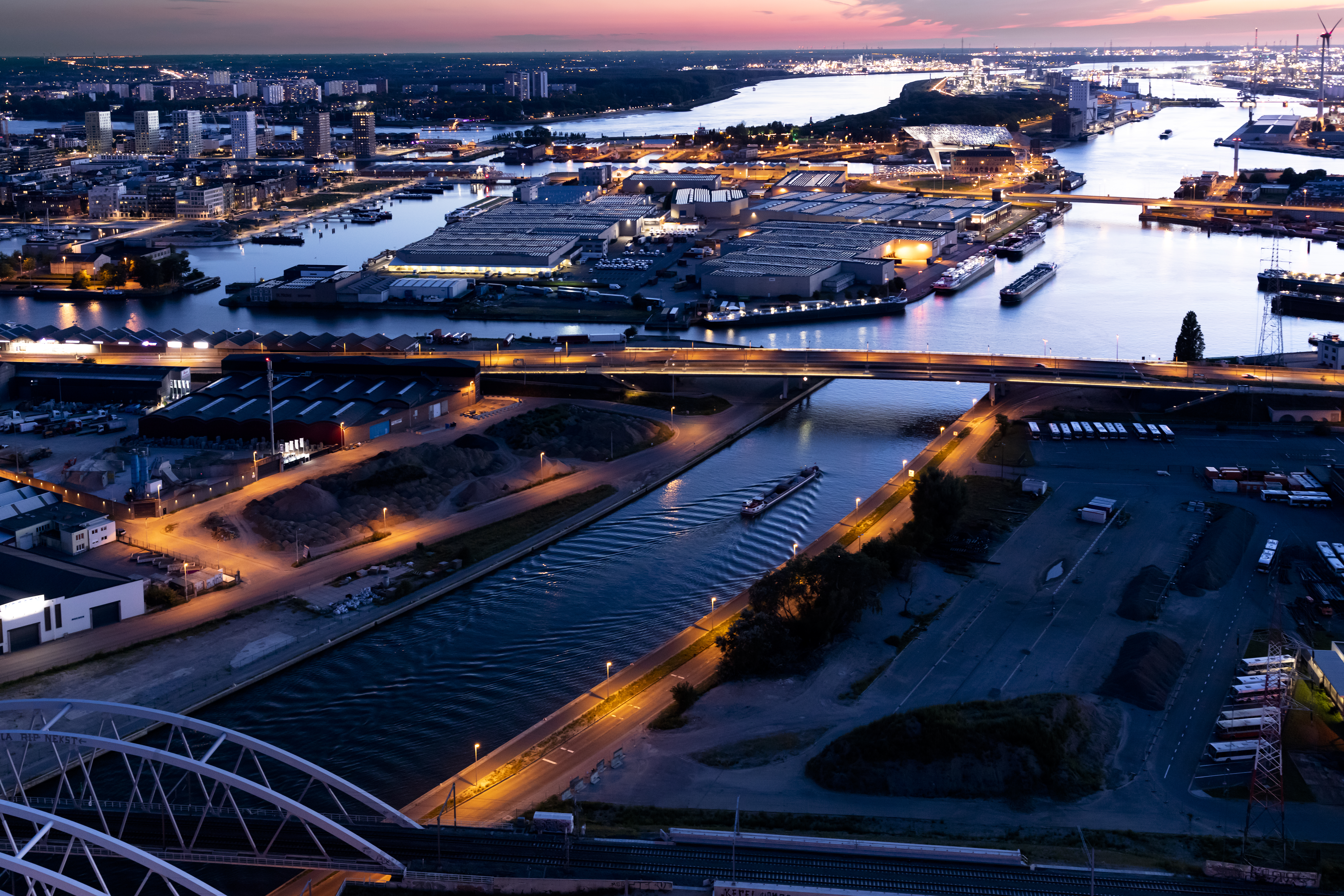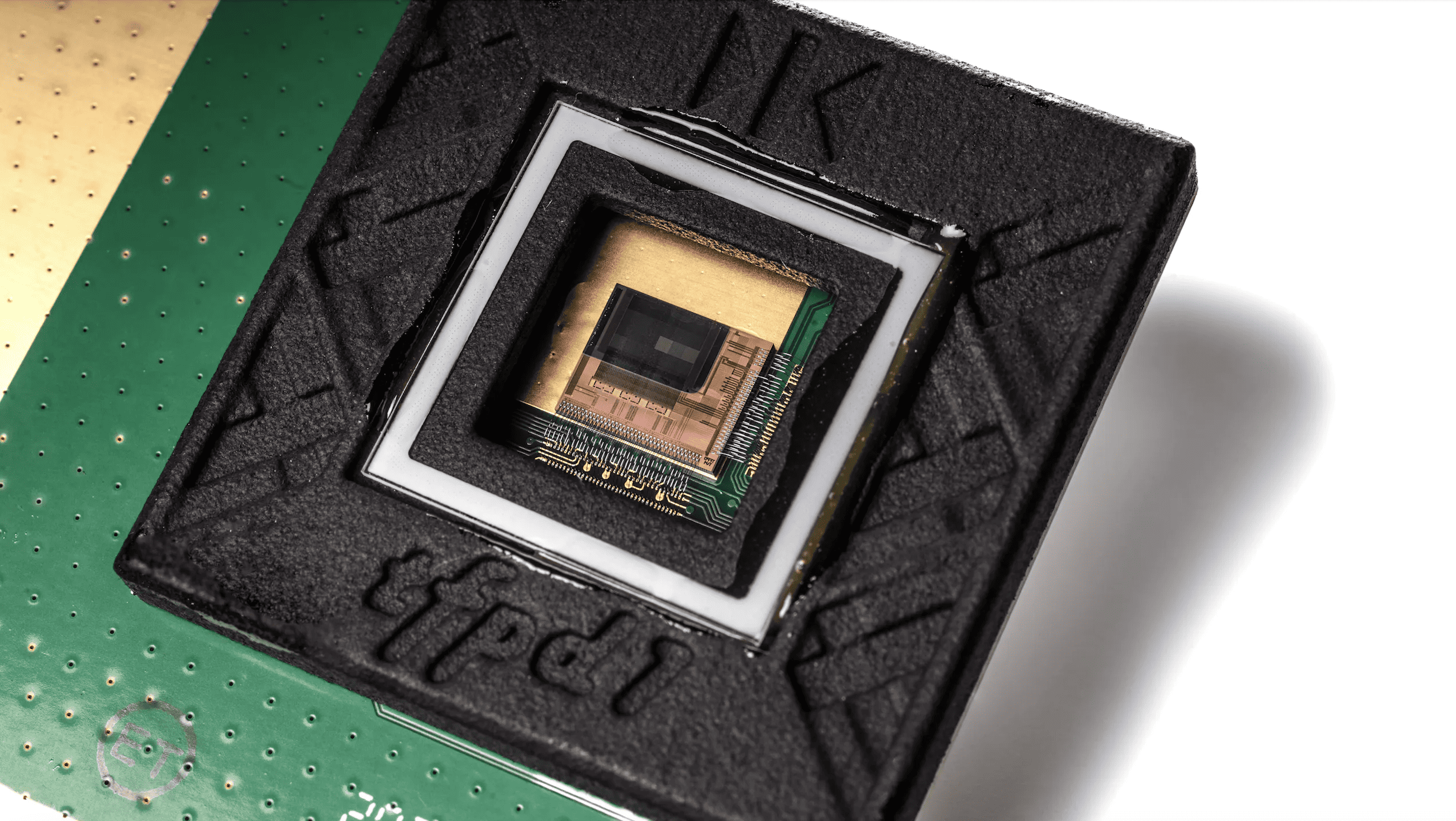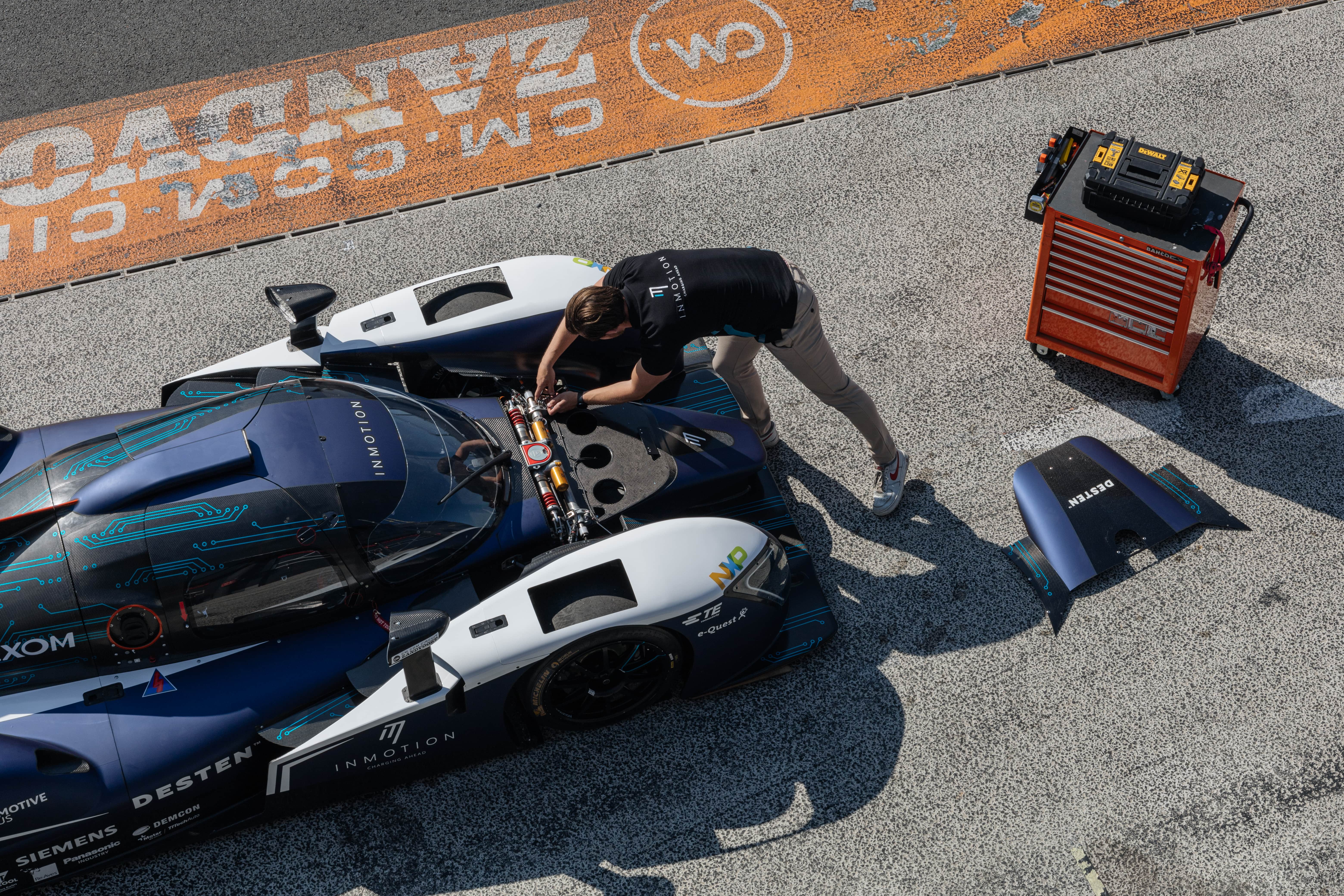
The University of Antwerp (UAntwerp) and the Port of Antwerp in Belgium are looking into how 3D sonar sensors can make automated shipping safer. Unmanned shipping offers many advantages, such as lower staffing costs and the option of circumventing expensive road transport.
Sensors
Research group CoSys-Lab van at the Faculty of Applied Engineering Sciences (UAntwerp) is developing sensor systems for, among other things, autonomous boats. The 3D sonar sensors continuously monitor a ship’s surroundings. These sensors would be able to replace existing cameras. Unlike cameras, the sensors are not affected by dust, water, mud, smoke and fog. As a result, they can always form a clear picture of the surrounding environment.
Echolocation
3D sonar sensors work in a similar way to how bats communicate. By using echolocation, Bats emit sound waves into their surroundings and hear when these sound waves bounce off something. This gives the bat a clear picture of its surroundings and allows it to fly around safely. The sensors also create a 3D image of the environment with the help of sound.
The research group is using a sensor equipped with 32 microphones for the project with the Port of Antwerp. It has been dubbed ERTIS, Real Time Imaging Sonar. The sensor continuously relays information to the vessel, thereby avoiding collisions.
Future
The technology was tested on a ship belonging to the Port of Antwerp in December 2020. In response to this test, a follow-up project was started to further develop the technology. The follow-up project will be launched in 2021: 3D Sonar and Lidar for Vessel monitoring. The research group is also examining the exact added value that the sensors offer to autonomous inland shipping.
Also interesting:
Eco-yacht and the return of the sea trilobite
Cleaner shipping with robot ship Mayflower and sailing ship Oceanbird







